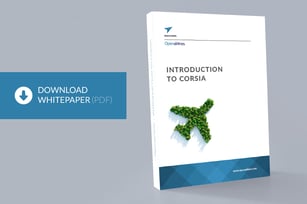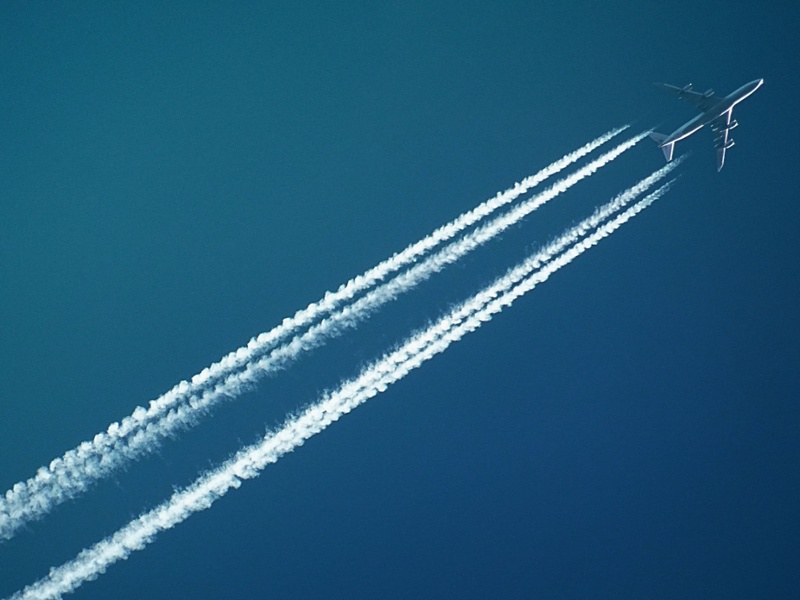CORSIA: How to monitor, report and verify your CO2 emissions?
Starting in 2019, every airline having international flights will need to monitor and report their emissions to their state of attribution.
Following our previous article on CORSIA, you probably wonder how to prepare for this new obligation? What is exactly the information that needs to be monitored and reported?
MONITORING AND REPORTING: WHAT INFORMATION?
For each flight, airlines need to monitor and report three values:
- Fuel consumed
- Type of fuel
- Fuel density (actual or standard fuel density factor)
Airlines monitor and report all the aircraft they operate. An aircraft is identified by field 7 of the flight plan, the call sign.
However, some operations are exempted from monitoring and reporting:
- Aircraft with Maximum Take-Off Weight below 5,700kg
- Humanitarian, medical, and firefighter’s operations
- Operators with less than 10,000 tons CO2 emissions of international flights.
HOW TO CALCULATE THE CONSUMED FUEL?
ICAO proposes different methods to calculate the consumed fuel.
Airlines are free to choose among these calculation methods, as long as they maintain the same method throughout the scheme. They must also comply with their national regulations, which may restrist certain methods.
FUEL USE CALCULATION METHODS:
- Method A (same as EU-ETS)
Fuel consumed = Fuel in tanks after fuel uplift (current flight) -
Fuel in tanks after fuel uplift (next flight) + fuel uplift (next flight)
- Method B (same as EU-ETS)
Fuel consumed = Fuel at block on (previous flight) -
Fuel at block on (current flight ) + fuel uplift (current flight)
- Block off / Block on
Fuel consumed = Fuel at block off (current flight) - Fuel at block on (current flight)
- Fuel uplift (by invoices and additional methods to take into account tankering)
Fuel consumed = Fuel uplift (current flight)
- Block hour and average consumption on route per aircraft type
Fuel consumed = Block hours * average fuel burn
Smaller operators are considered “Tier 2” and, as such, can use simplified methods. ICAO will provide the CORSIA’s CO2 Estimation and Reporting Tool, CERT, for this purpose (same idea as the Small Emitter’s Tool).
Tier 2 is authorized for airlines < 500,000 Tons emissions (reporting scope) for 2019 and 2020 and authorized for airlines < 50,000 Tons emissions (offsetting scope) after 2021.
The CERT tool can also be used by:
- Tier 1 airlines when they have missing data (provided that the missing data represents less than 5%)
- Airlines that operate flights only on not covered routes
HOW TO CALCULATE THE CO2 EMISSIONS?
CO2 emissions will be calculated based on the reported consumed fuel with a conversion factor:
- 3.16 kg of CO2 per kg of fuel for Jet A fuel
- 3.10 kg of CO2 per kg of fuel for AvGas or Jet B fuel
HOW TO REPORT THE FUEL AND THE EMISSIONS?
Airlines will report to their representative state based on the monitoring plan accepted by the state. The state can choose if the report is based on routes or states pair.
The report will likely be in the form of a standard template (Excel).
NEXT STEP: PREPARING YOUR MONITORING PLAN
Before the end of 2018, airlines have to submit a monitoring plan to their representative state.
A monitoring plan should contain this information:
- Aeroplane operator identification
- Fleet and operations data
- Methods and means of calculating emissions from international flights
- Data management, data flow, and control
If you want to learn more about how to prepare your monitoring plan, have a look at this ICAO presentation.
READ MORE
You want to go further on CORSIA? Download the white paper:




